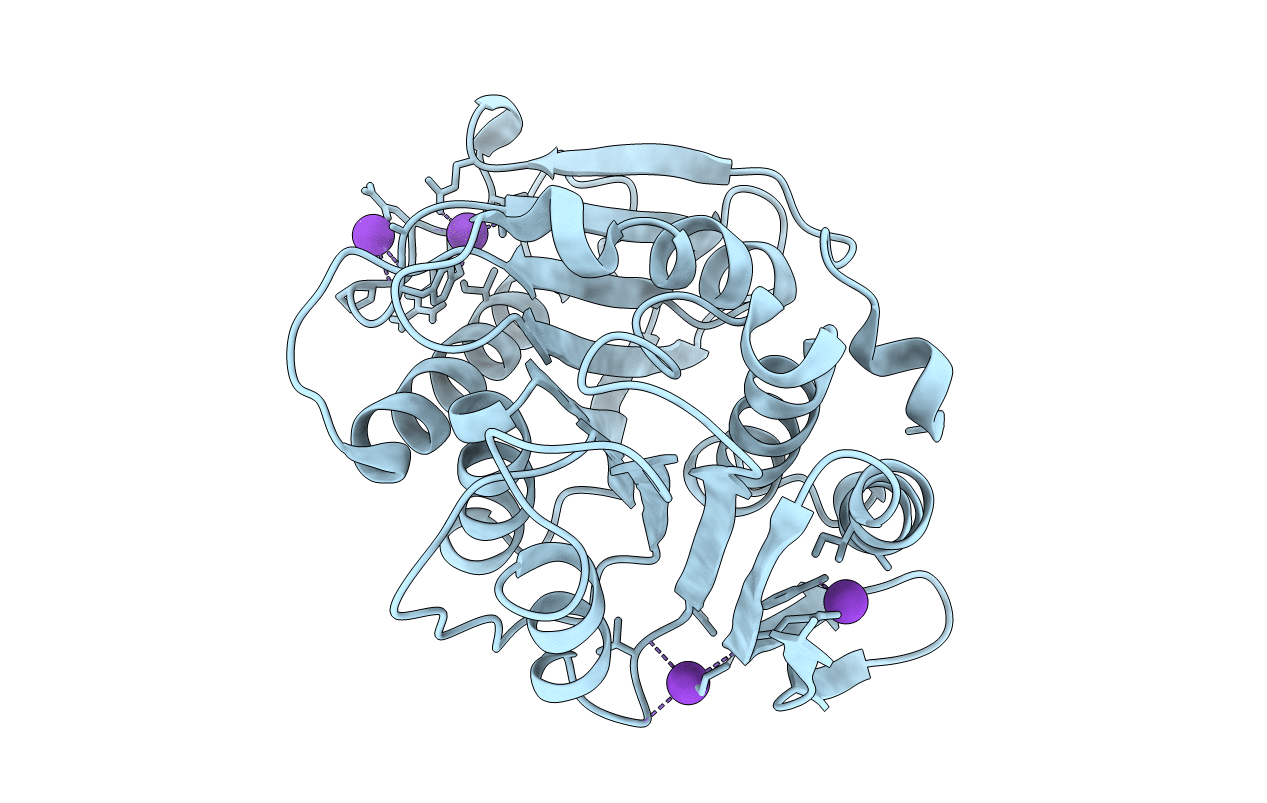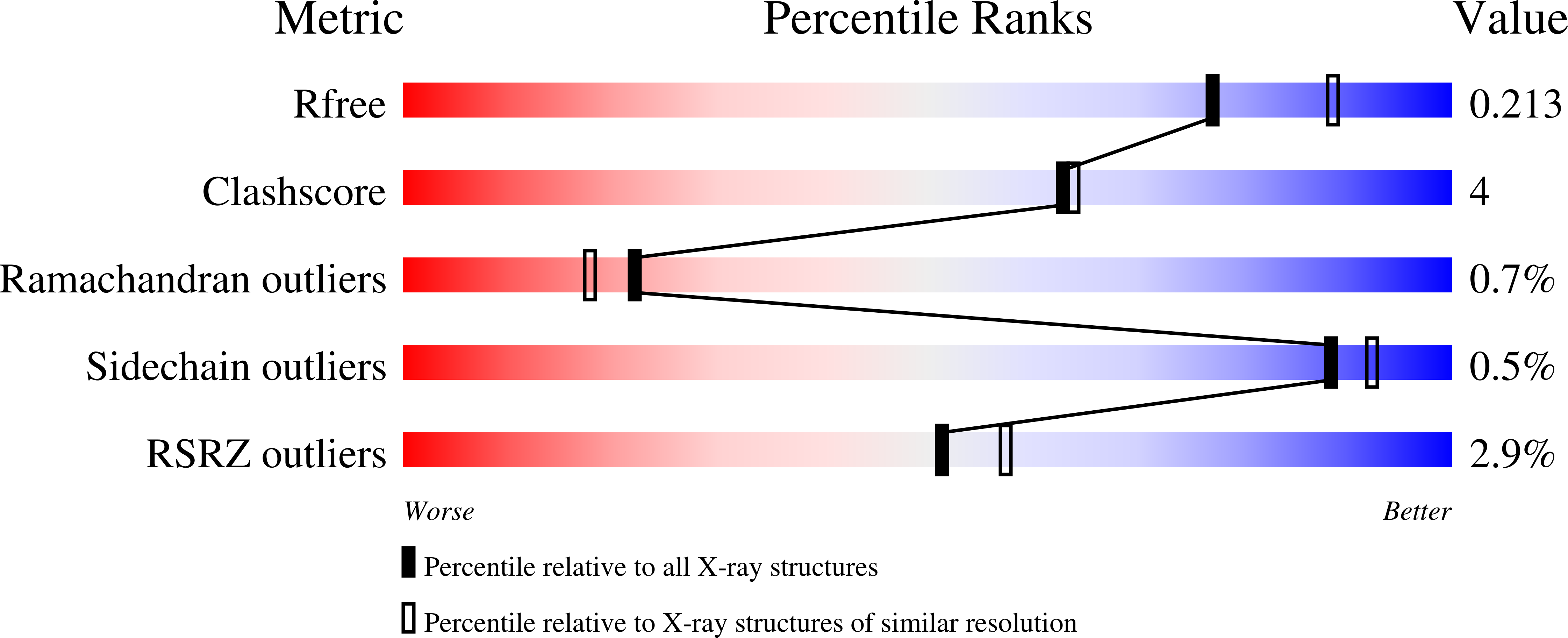
Deposition Date
2021-10-12
Release Date
2022-03-02
Last Version Date
2024-10-16
Entry Detail
PDB ID:
7PZJ
Keywords:
Title:
Structure of a bacteroidetal polyethylene terephthalate (PET) esterase
Biological Source:
Source Organism:
Chryseobacterium jeonii (Taxon ID: 266749)
Host Organism:
Method Details:
Experimental Method:
Resolution:
2.10 Å
R-Value Free:
0.21
R-Value Work:
0.16
R-Value Observed:
0.16
Space Group:
P 43 21 2


